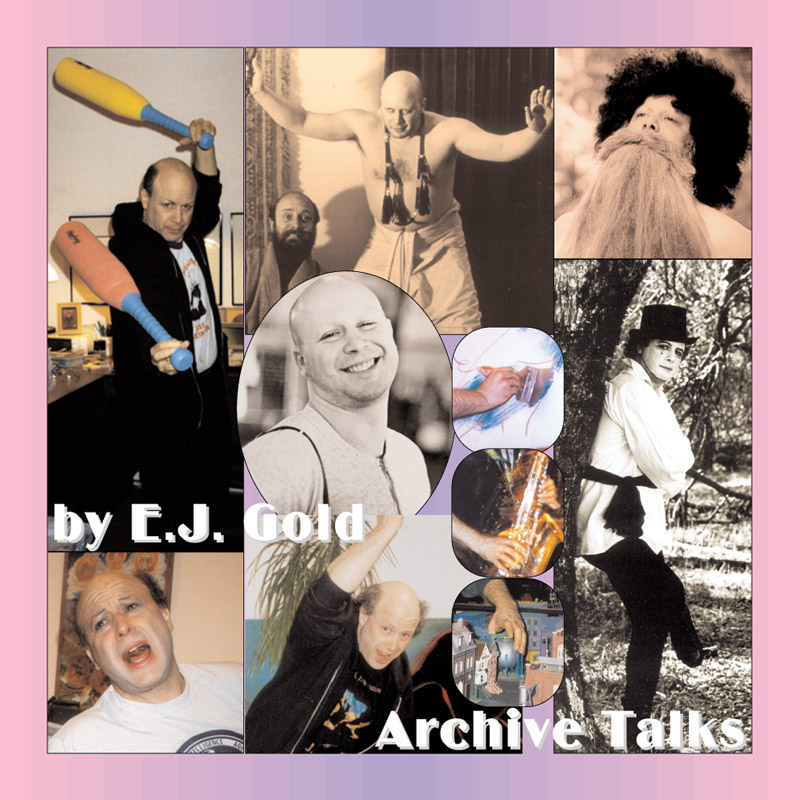

CDT374
Iron Age Objects and Sacred Sites
Synopsis
The talk explores Iron Age objects, particularly in the context of ritual and daily life. It challenges misconceptions about Celtic culture, emphasizing its linguistic rather than national roots. The speaker discusses the role of magic in early agrarian societies, trade networks that connected disparate civilizations, and musical traditions that evolved over time. A key focus is on Iron Age metallurgy, including the use of meteoric iron for "magical" weapons like Excalibur. The presentation also touches on early musical instruments, trade exchanges, and the transition from ceramic to iron tools, illustrating how technological advancements influenced daily and ritualistic practices.
Summary
The speaker begins by dispelling myths about Celtic identity, clarifying that "Celtic" refers to a language rather than a single homogeneous culture. The discussion then moves to Iron Age magic, which served to protect vital resources such as water and food, as societies transitioned from nomadic to agrarian life.
Trade networks during the Iron Age extended as far as India and China, evidenced by artifacts found in unexpected locations. This illustrates the level of cultural and technological exchange between distant civilizations. Mining and metallurgy became increasingly crucial, with iron and bronze weaponry evolving alongside the discovery of meteorites, which provided access to nickel-iron ("stainless steel") for crafting superior weapons.
The talk delves into historical musical traditions, suggesting that early Celtic music remains largely elusive due to a lack of preserved records. Various instruments, such as drums, flutes, and rattles, are discussed, highlighting their commonality across different cultures and their ritualistic roles.
The significance of iron in tool and weapon-making is emphasized, as it revolutionized everything from combat strategies to cooking methods. The development of iron tools initially mimicked ceramic and wooden counterparts but eventually evolved into more specialized, optimized forms.
The lecture concludes by linking these technological advances to a broader understanding of cultural transformation, particularly how societies adapted to new materials and integrated them into ritual and daily practices.
Keywords & Key Phrases
- Iron Age ritual
- Celtic language origins
- Agrarian magic
- Nomadic settlements
- Water protection rites
- Meteoric iron weapons
- Excalibur metallurgy
- Ancient trade routes
- Zhen route trade
- Gibeonite artifacts
- Prehistoric drumming
- Ceramic reduction
- Pythagorean tuning
- Cistrum instrument
- Atame symbolism
- Cauldron rituals
- Iron Age metallurgy
- Zweihänder evolution
- Combat stick transition
Graphic Prompt
A dimly lit Iron Age workshop filled with glowing forges and scattered weapons, an ancient blacksmith hammering a sword from a meteorite. Nearby, a Celtic druid stands with ritual artifacts, drums, and flutes, surrounded by a hazy, mystical glow. The background features a nomadic settlement by a river, with sacred stone circles and figures casting protective rites. The scene should have a rich color palette of deep blues, fiery oranges, and metallic silver tones, evoking a sense of ancient magic and craftsmanship.



